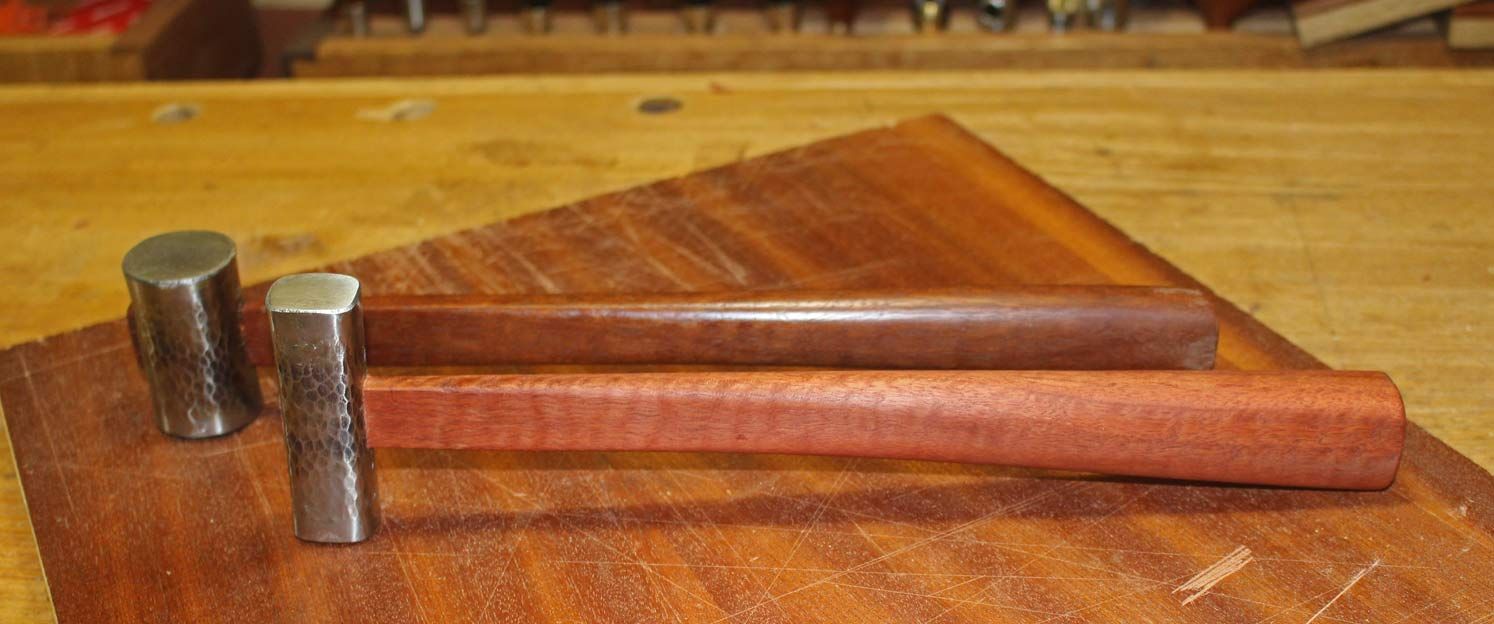I'm starting to explore more into Japanese chisels. One question has to do with the hammer used. There seems to be 2 major styles, the rectangular gennou and the barrel shaped daruma.
Is there any advantage of one style over the other or is it just a matter of personal preference?
Which do you use and why?
Thanks for your feedback.
Cliff




 Reply With Quote
Reply With Quote







